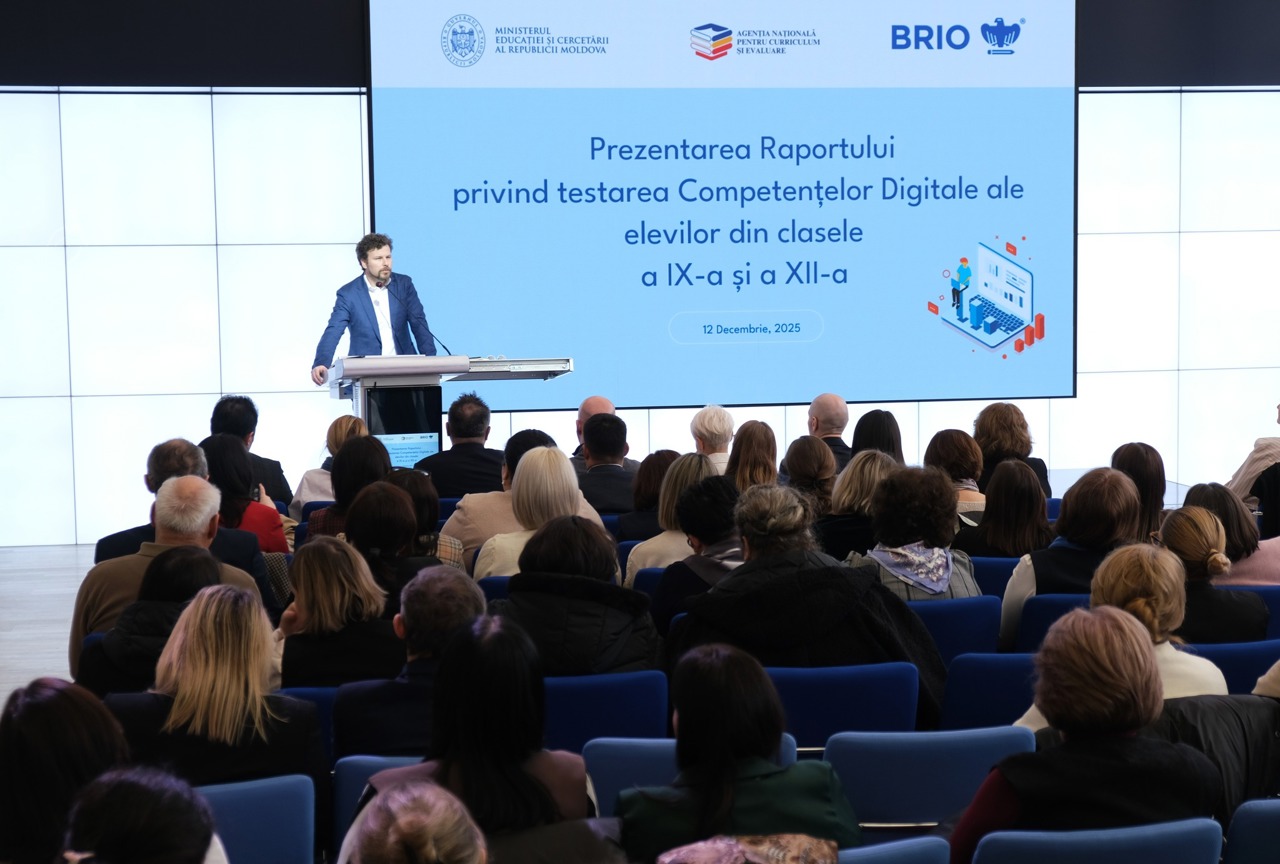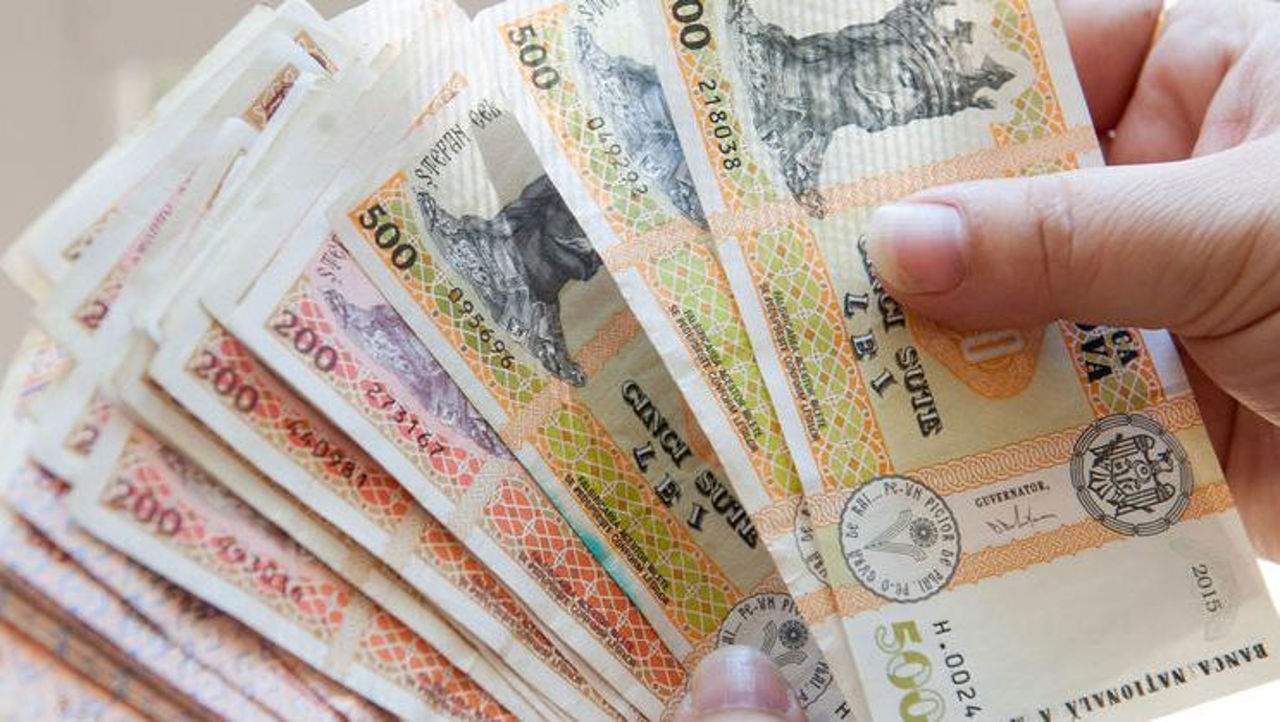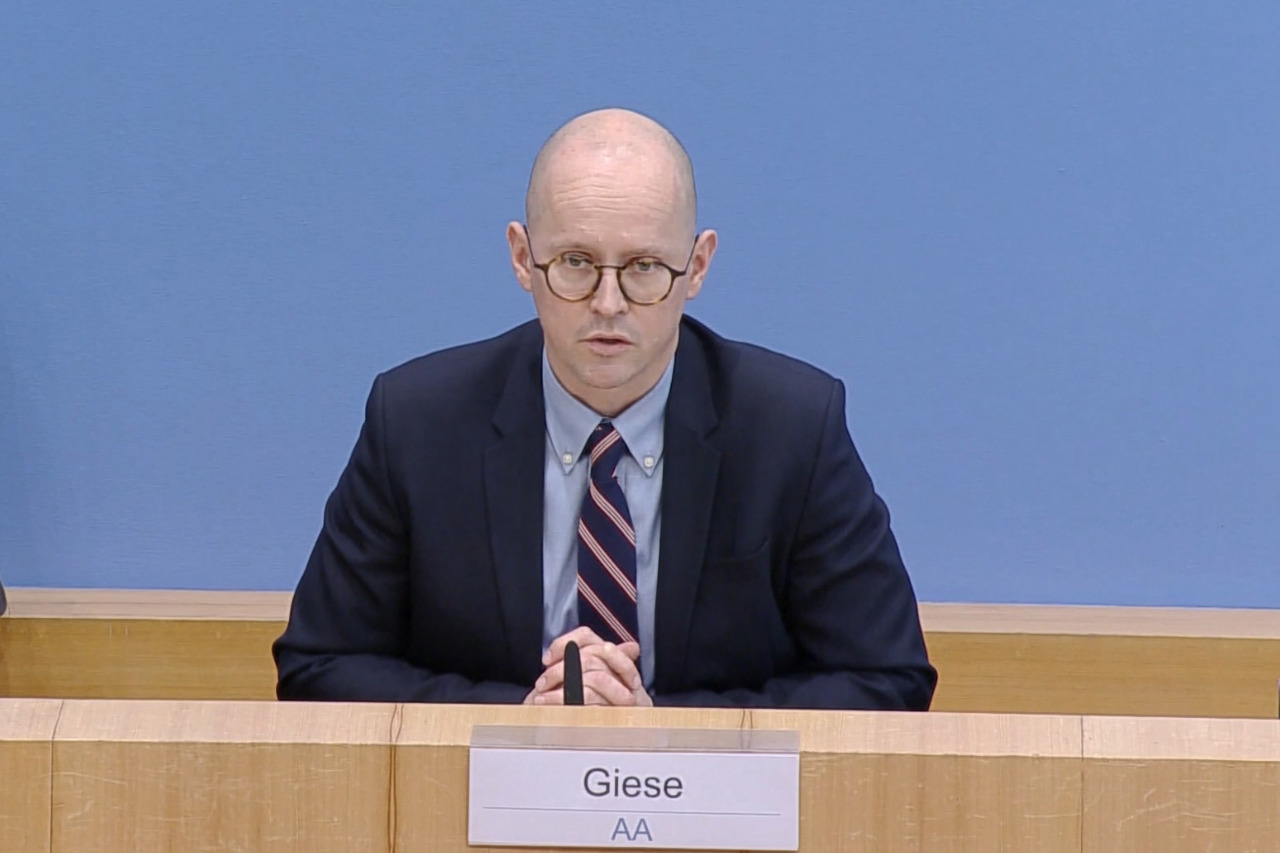US and Ukraine sign deal on mineral resources, strategic ties

The United States and Ukraine have signed a memorandum of understanding that opens the path to a bilateral agreement regarding the exploitation of Ukraine’s mineral resources.
The document was announced by Ukrainian President Volodymyr Zelensky during a press conference on Thursday and later confirmed by Deputy Prime Minister Iulia Sviridenko, as reported by the BBC.
The memorandum sets the framework for the completion of the future agreement, which will focus on strategic collaboration in the exploitation of critical minerals such as lithium, titanium, and rare earth elements. According to officials in Kyiv, the document reflects the joint work of technical teams and the clear intention of both countries to finalize the negotiations as soon as possible. The agreement will later need to be ratified by the parliaments of both nations.
“This is an important step towards a solid economic partnership that will benefit both peoples,” said Sviridenko. She also added that the memorandum includes the creation of an Investment Fund for the reconstruction of Ukraine, managed jointly by Kyiv and Washington.
Earlier, U.S. President Donald Trump announced during a joint press conference with Italy’s prime minister that the full agreement would be signed on April 24. However, the exact location for the signing has not been disclosed.
Discussions regarding this partnership were resumed after an initial version of the agreement failed at the end of March, and a subsequent proposal was heavily criticized in Ukraine as unfavorable. Afterward, the parties returned to the negotiating table.
Meanwhile, President Zelensky emphasized that Ukraine does not view the military aid previously received from the Biden administration as a financial debt to the U.S.
Ukraine holds some of the largest reserves of titanium and lithium in Europe, considered essential for the global energy transition and advanced technology production. At the same time, the Trump administration seeks to reconfigure economic relations with its allies and reduce dependency on imports from China, making Ukraine’s resources a key element in the U.S. energy and industrial strategy.
It is worth noting that since taking office, President Trump has intensified efforts to achieve a peace agreement in the war in Ukraine, making negotiations a central part of his foreign policy upon returning to the White House. Promising during his campaign to end the conflict “one day,” Trump initiated a series of diplomatic talks aimed at bringing Russia and Ukraine to the negotiating table. However, the path to peace remains fraught with obstacles.
In the meantime, relations between Kyiv and the Trump administration have become strained, particularly after Zelensky’s visit to Washington on February 28, followed by a few days in which the U.S. suspended military aid and intelligence-sharing. Since then, the Ukrainian president has adopted a more cautious approach, repeatedly expressing gratitude for the U.S. support.
At the beginning of March, Ukraine accepted a U.S. proposal for a 30-day ceasefire, but Russia rejected it. Following this, American aid was resumed. Subsequently, both Ukraine and Russia agreed to suspend attacks on energy infrastructure and at sea, although Moscow conditioned a maritime agreement on the relaxation of international sanctions.
Russia and the U.S. continue diplomatic contacts, and recently, Kirill Dmitriev, Vladimir Putin’s special envoy, visited Washington, temporarily removed from the sanctions list.
Despite ongoing diplomatic efforts, Russia and Ukraine continue to engage in hostilities.
Translation by Iurie Tataru




